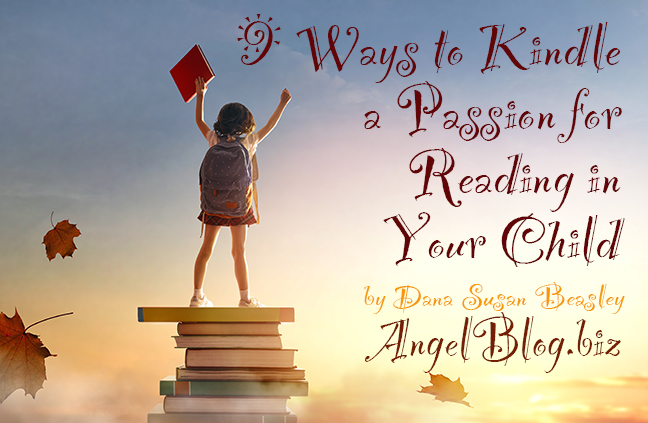It’s something I see all the time—moms frantic because their children are not reading or reluctant to read. The guilt piles on. “My child is behind” leads to “I must be a bad parent.”
Listen, I’ve been there. When my son was in second grade or so, I had a very difficult time getting him to read. Mind you, he had been in private school and they taught him phonics well. That was about the only thing they did well. But something was off. I knew it.
So began my quest. Now, I have to say I have succeeded as he’s 22 and Sam reads voraciously and it’s been proven he reads at an advanced level.
What, you might ask, made the difference?
Well, here’s what I learned by teaching my son Sam:
1) It starts with a foundation of a good phonics program.
As I mentioned before, my son’s private school, when he was in kindergarten and first grade, did a great job of teaching phonics. It was actually motion based. Meaning he would somehow move his body for the sounds. I wish I could tell you what it was, but honestly back when he went to private school I was not tuned in to teaching methods and curriculum. I just know it worked. And I know this because a few years later when I had him evaluated, he tested at a 29 year old level of phonics.
2) Read aloud.
We did this everyday. I read a book aloud to him whether it was fiction, informational texts, or the Bible. And we always started with the Bible. This was some of the sweetest time we had when he was young. When he was older, we did audible books. But I still liked reading aloud to him. I let him do quiet things while I was reading—like drawing or playing with play-doh or eating a snack. Or we would even nestle in bed and I would read aloud to him. This is not an activity that should be overlooked. I read him fun books especially. One of our favorites was Chitty Chitty Bang Bang by Ian Fleming. Believe me, it’s nothing like the movie!
3) Be aware of processing speed.
I recognized that Sam had slow processing, probably due to his Autistic brain. I went to a reading specialist and she helped greatly. This led to my third point.
4) Get brain integration therapy.
Sam’s problem was he could not cross the midline. You know, that thing that divides the left and right side of the brain. I’m medically challenged so you might want to look that up.
Whatever it’s technically called, Sam couldn’t cross it! This was tested when he was given a simple exercise—to put his right elbow on his right knee that he lifted up and vice versa. This is called a cross crawl.
Nope, he could not do that at first!
So we began a lot of different brain therapies. One of my favorites was play activities from the book Out of Sync Child Has Fun. We did metronome therapy. I credit this to helping him with so many aspects of the deficits he had, including reading.
5) Have them read small bodies of texts at first.
I noticed with Sam that he would get overwhelmed if there was a lot of text on a page. So I started printing short essays that I found on an education site. I started with a paragraph and then got longer and longer until he could read three pages no problem.
6) Give them small books.
I then found very small, short books for him to read. These were typically colorful and full of pictures. They were just a few pages.
7) Give them small chapter books.
After that we graduated to small chapter books. Somehow the first one he read was a chapter book on Llamas. He read it over and over again and then I had to read it aloud to him!
8) Let them use technology.
I think the biggest break came when I got him a used Kindle. I believe this is when he was somewhere between 11 and 13 but I don’t remember. What I do know is he downloaded Jurassic Park by Michael Crichton and read it. Then it was Lord of the Rings and so on.
9) Let go of expectations of reading fiction and literary books.
Yes, I wish some day Sam would be interested in that, but he’s always been more interested in topics such as dinosaurs or cryptids or weather or politics or history. He got through most of his high school researching on his own. And how did he do that? Voraciously reading on the Internet! And when he learns something, He KNOWS it and can it explain it and reason it out and think about it critically.
So now at age 22 he’s still learning and still reading voraciously. This is a life-long skill that will take him far! And it all started from me reading aloud to him!
Featured photo by Adobe Stock



